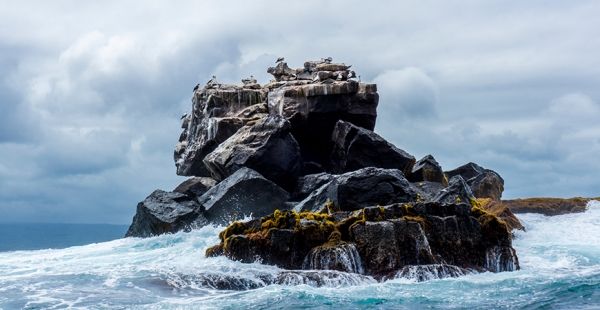Two researchers present evidence today in the journal Proceedings of the National Academy of Sciences that the accelerating melt of Arctic sea ice is linked to weather patterns near the equator in the Pacific Ocean.
Charles Kennel, a physicist and the former director of Scripps Institution of Oceanography at UC San Diego, and colleague Elena Yulaeva said there is strong evidence that the ice melt sets a chain of events in motion that sends cold air equatorward in the upper atmosphere. The two used computer analysis of historical data to identify which atmospheric phenomena also change as Arctic ice diminishes, as it has steadily since 1999. Among the variables that seemed to move in lockstep with ice melt were intensifying trade winds at the equator in the Central Pacific Ocean. The study marks the first time that researchers have looked at both world regions together in this context.
“There’s a definite relationship and a change in tropical Pacific climate,” said Kennel. “There’s now a network of consistent correlations.”
The Pacific Ocean is considered one of the biggest, if not the biggest, drivers of global climate. What originates in the Pacific, including patterns of warm equatorial water known as El Niño and La Niña, affects weather experienced on every continent. Thus the melt of Arctic sea ice could have a global reach by influencing the influencer of weather set in motion around the world.
Continue reading at Scripps Institution of Oceanography
Image via Scripps Institution of Oceanography


